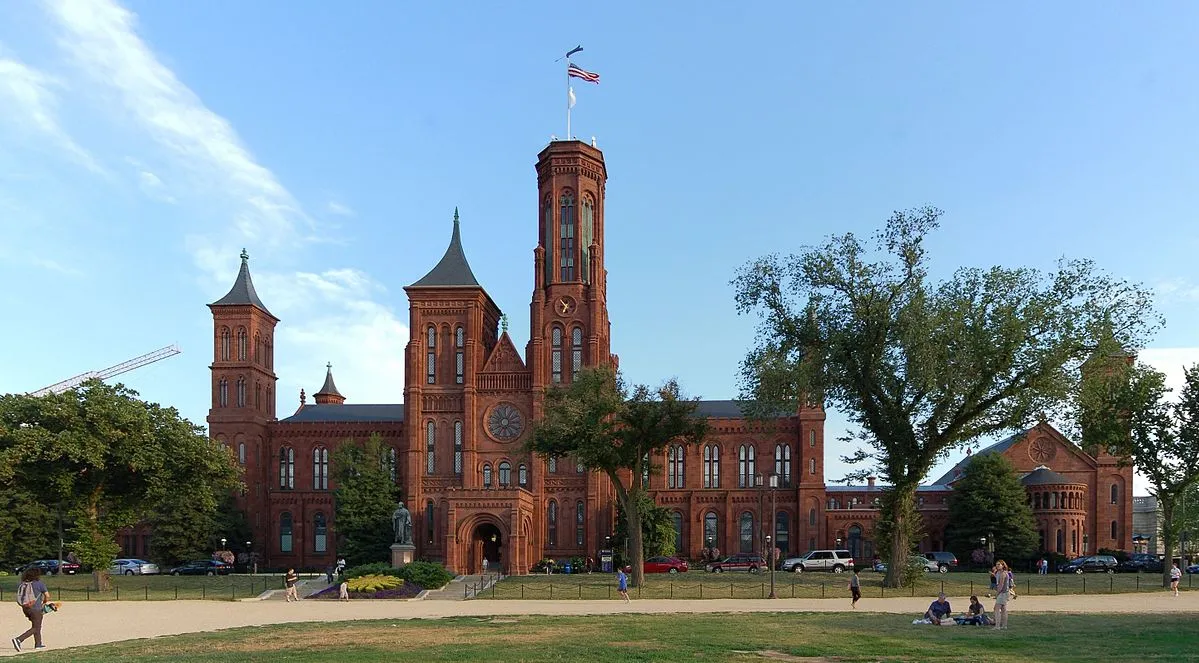Unlocking the Secrets of the Smithsonian: What You Didn’t Know About America’s Treasure Trove
The Smithsonian Institution, a name synonymous with culture and history, was established in 1846, thanks to a generous bequest from British scientist James Smithson. Interestingly, Smithson never set foot in the United States, yet his vision for a national museum has blossomed into the largest museum complex in the world. With 19 museums, 21 libraries, nine research centers, and a zoo, the Smithsonian is a treasure trove of knowledge and culture, housing over 154 million artifacts that span the breadth of human history and natural wonders.
The Smithsonian’s diverse collection includes everything from historical documents to natural history specimens, making it a vital resource for researchers and the public alike. Among its many treasures, the National Museum of American History proudly displays the original Star-Spangled Banner, a symbol of American resilience during the War of 1812. This iconic flag, with its bold stars and stripes, serves as a reminder of the nation’s struggle for independence and unity.
In addition to its historical significance, the Smithsonian is a leader in scientific research, with projects that delve into fields such as anthropology, biology, and astrophysics. The National Air and Space Museum, for instance, boasts the largest collection of historic aircraft and spacecraft in the world, including the Wright brothers’ pioneering plane, the Flyer. Visitors can marvel at the ingenuity of human flight and explore the vastness of space through interactive exhibits and educational programs.
One of the most captivating artifacts in the Smithsonian’s collection is the Hope Diamond, housed in the National Museum of Natural History. This striking blue gemstone, known for its rich history and captivating color, has fascinated gem enthusiasts and historians alike. The diamond’s story includes tales of curse and fortune, making it a must-see for those curious about the intersection of beauty and intrigue.
The Smithsonian is not just about showcasing artifacts; it also plays a crucial role in conservation and education. The National Zoo, home to over 2,700 animals from 390 species, is dedicated to promoting wildlife conservation and educating the public about the importance of biodiversity. Through engaging programs and events, the zoo fosters a sense of responsibility towards the environment and encourages visitors to be stewards of the planet.
Accessibility is a cornerstone of the Smithsonian’s mission. With free admission to all its museums, the institution welcomes millions of visitors each year, ensuring that cultural education is available to everyone. This commitment to inclusivity extends to its vast digital presence, which offers online access to millions of artifacts and educational resources. The Smithsonian’s website serves as a gateway for those unable to visit in person, allowing them to explore its treasures from the comfort of their homes.
The institution also celebrates cultural diversity through annual events like the Smithsonian Folklife Festival, which showcases the rich traditions and heritage of various communities. This festival not only highlights the diverse narratives that shape American culture but also fosters a sense of community and understanding among attendees. By bringing together artists, scholars, and the public, the Smithsonian creates a vibrant space for cultural exchange.
In its pursuit of knowledge and cultural preservation, the Smithsonian engages in global collaborations with museums and organizations worldwide. These partnerships promote cultural exchange and research, allowing for a richer understanding of our shared human experience. Through initiatives like Smithsonian Affiliations, smaller museums can partner with the institution to access shared resources and exhibitions, further extending its reach and impact.
As we delve deeper into the secrets of the Smithsonian, it becomes clear that this institution is more than just a collection of artifacts; it is a living testament to the human experience. From the resilience symbolized by the Star-Spangled Banner to the scientific advancements showcased in the Air and Space Museum, the Smithsonian encapsulates the essence of America’s journey.
In conclusion, the Smithsonian Institution stands as a beacon of knowledge, culture, and history. Its vast collections and commitment to education ensure that future generations will continue to learn from and appreciate the rich tapestry of human experience. Whether you are exploring its museums in person or online, the Smithsonian invites you to unlock its secrets and discover the stories that shape our world. So the next time you think of the Smithsonian, remember: there’s always more to uncover in this remarkable treasure trove of America’s heritage.






Leave a Comment